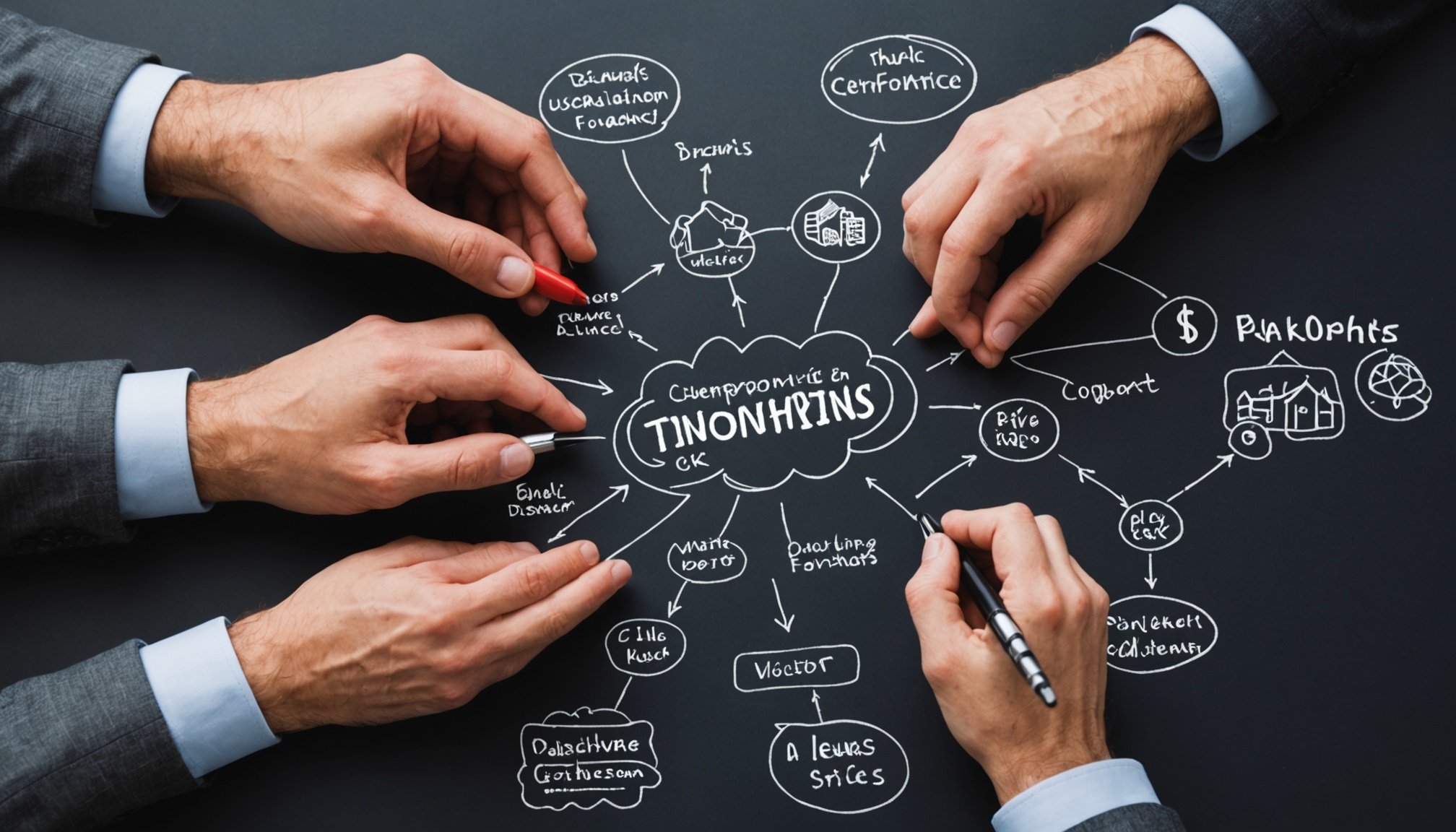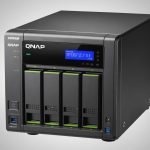Overview of Data Analytics in Non-Profits
Understanding data analytics is crucial for any organisation, especially within the non-profit sector. It involves the process of examining data sets to draw conclusions about the information they contain. In a non-profit context, effective data analytics can lead to more informed decision-making and greater efficiency in operations. Its significance lies in enabling organisations to understand and predict donor behaviour, thereby enhancing donor engagement.
In today’s digital age, non-profits are increasingly using data analytics to strengthen relationships with their supporters. By analyzing donation patterns and preferences, organisations can tailor their communications to align with donors’ interests. This personalized approach fosters deeper connections, ultimately leading to increased loyalty and funding. Furthermore, data analytics can help non-profits identify potential new donors who share similar characteristics with their existing donor base.
Topic to read : Key strategies for uk law firms to establish a robust cloud document management system securely
Current trends in data analytics for non-profits include the use of artificial intelligence (AI) and machine learning (ML) technologies. These technologies help to automate data processes, making it easier to identify insights quickly. Predictive analytics is another trend, allowing organisations to foresee future trends and adjust strategies accordingly. As these tools become more accessible, they promise to transform how non-profits operate and engage with their communities.
Advanced Data Analytics Techniques
In the realm of donor management, descriptive and predictive analytics play a pivotal role in forecasting donor behavior. Descriptive analytics involves the summarization of historical data to identify patterns and trends within donor interactions. By examining past donations, organizations can gain insights into which factors drive donor engagement.
In the same genre : Create instant videos from text with the best ai generator
Predictive analytics, on the other hand, uses historical data to predict future donor actions. This technique leverages statistical models and algorithms, such as regression models, to forecast who is likely to donate, when, and how much they might contribute. With these insights, organizations can tailor their strategies to enhance donor retention and increase contributions.
Segmentation analysis further enhances targeted donor engagement strategies. By categorizing donors based on factors like donation frequency, amount, and demographic information, organizations can craft personalized communication that resonates more effectively with different donor segments. This ensures resources are allocated efficiently, maximizing fundraising potential.
Additionally, utilizing machine learning algorithms paves the way for fine-tuned, personalized communication. Machine learning delves deeper into data patterns, enabling automation in customizing messages based on donor preferences. This not only improves engagement but also strengthens the donor-organization relationship, fostering a more reliable and responsive supportive community.
Successful Case Studies
Exploring how organizations have harnessed the power of data-driven strategies, particularly through three standout examples, highlights the transformative potential of analytics in the non-profit sector.
Case Study 1: Improving Donor Retention Through Analytics
This case study delves into a non-profit that faced significant challenges in maintaining donor relationships. By implementing a robust analytical framework, they identified patterns and preferences among their donor base. This enabled personalized engagement strategies, ultimately boosting donor retention rates.
Case Study 2: Data-Driven Campaigns Leading to Increased Donations
Another organization utilized data analysis to optimize its campaign strategies. By examining historical donation data, they could launch targeted campaigns that resonated with specific donor segments. As a result, the campaign saw a marked increase in donations, showcasing the efficacy of data-driven strategies.
Case Study 3: Engaging Younger Donors with Innovative Data Techniques
A third example focuses on a non-profit aiming to attract younger donors. By leveraging social media data and innovative outreach techniques, they designed campaigns that increased engagement from this demographic. This engagement not only enriched the organization’s donor pool but also underscored the importance of adapting strategies to emerging trends.
These case studies underscore the profound impact of analytics on organizational effectiveness in the non-profit arena.
Actionable Tips for Data Utilization
Maximising data utilization requires strategic approaches to collecting and managing donor data. Start by implementing actionable strategies in donor management, like ensuring data is collected systematically through reliable platforms. With the right donor management system, you can effectively organize information to track donor interactions.
Once data is collected, the next step is utilizing tools designed for analysing donor data. These tools can help track engagement metrics such as frequency of donations, preferred donation channels, and interactions with fundraising campaigns. Using these insights, nonprofits can spot trends and identify patterns in donor behaviour, which are crucial for personalized engagement strategies.
Implementing insights from data analysis should be a priority. Tailor communication and outreach efforts based on the preferences and behaviors identified in the data. This could mean sending targeted emails to specific donor segments or adjusting fundraising tactics based on the success rates of previous campaigns.
- Collect data systematically: Use reliable platforms for data entry.
- Analyse with purpose: Employ tools to reveal trends and preferences.
- Implement insights: Craft strategies tailored to donor behaviours.
Being meticulous with these strategies can significantly improve donor management and enhance engagement outcomes.
Enhancing Communication with Donors
Achieving effective donor communication is crucial for any organization’s growth and sustainability. Crafting an engaging communication strategy necessitates personalized outreach, tailored to the individual’s preferences and history. Utilizing donor data insights, charities can create personalized communication that resonates well with supporters and fosters ongoing relationships.
Analytics offer a treasure trove of opportunities to enhance engagement strategies. By analyzing donor patterns and preferences, organizations can deliver messages that acknowledge each donor’s interests and past contributions. This approach not only enhances the personal touch but also boosts trust and loyalty, as donors feel recognized and valued. Such tailored communication increases the likelihood of continued support and contribution to the organization’s mission.
To leverage data-driven insights effectively, organizations should develop a coherent communication strategy. This includes segmenting the donor base and targeting each segment with specific messages that align with their unique profiles. Employing data analytics helps in identifying the right time and medium for outreach, maximizing the impact of the campaign. Through these techniques, fostering genuine relationships with donors becomes more attainable, creating an engaged and active community of supporters who are likely to stay involved for the long haul.
Resources for Further Learning
Exploring educational resources can significantly enhance understanding and application of data analytics tools in non-profit settings. These resources offer a solid foundation and practical insights for non-profit professionals aiming to leverage data effectively.
Recommended Tools and Platforms
Several platforms cater specifically to non-profit needs, offering cost-effective solutions. Google Analytics provides valuable insights into website traffic and user behaviour, essential for donor engagement strategies. Tableau’s Public Edition is another excellent tool, allowing organisations to create compelling visual data stories at no cost.
Online Courses and Certifications
For those seeking structured learning, numerous online courses and training opportunities focus on data analytics. Websites like Coursera and edX offer certifications from top universities, which cover a range of skills from basic data interpretation to complex analytics techniques. These courses equip learners with the expertise necessary for strategic decision-making.
Books and Articles
In-depth understanding can also be gained through literature on data usage within non-profits. Books such as Data Driven Nonprofits by Steve MacLaughlin offer insights into innovative data application strategies. Similarly, articles in publications like Harvard Business Review detail best practices and case studies, providing practical examples of data utilization in enhancing donor relationships.






